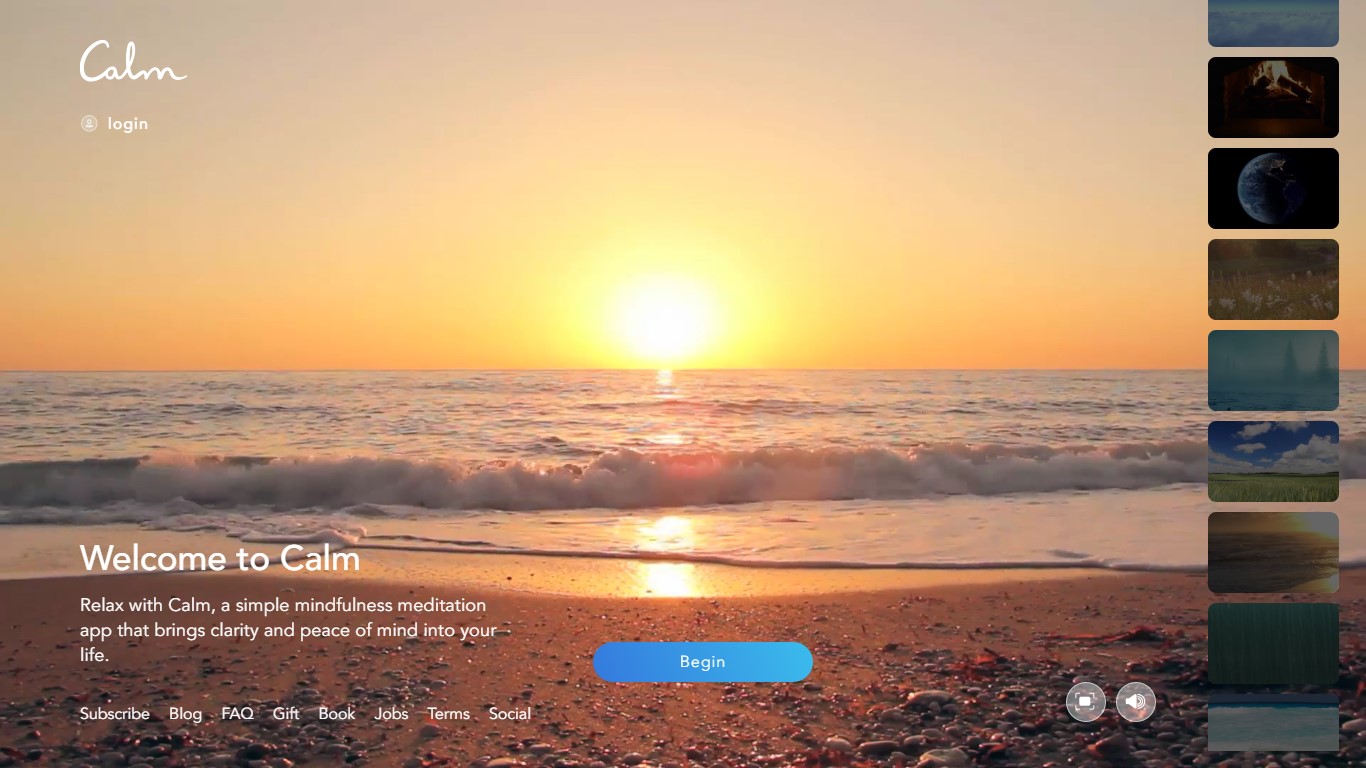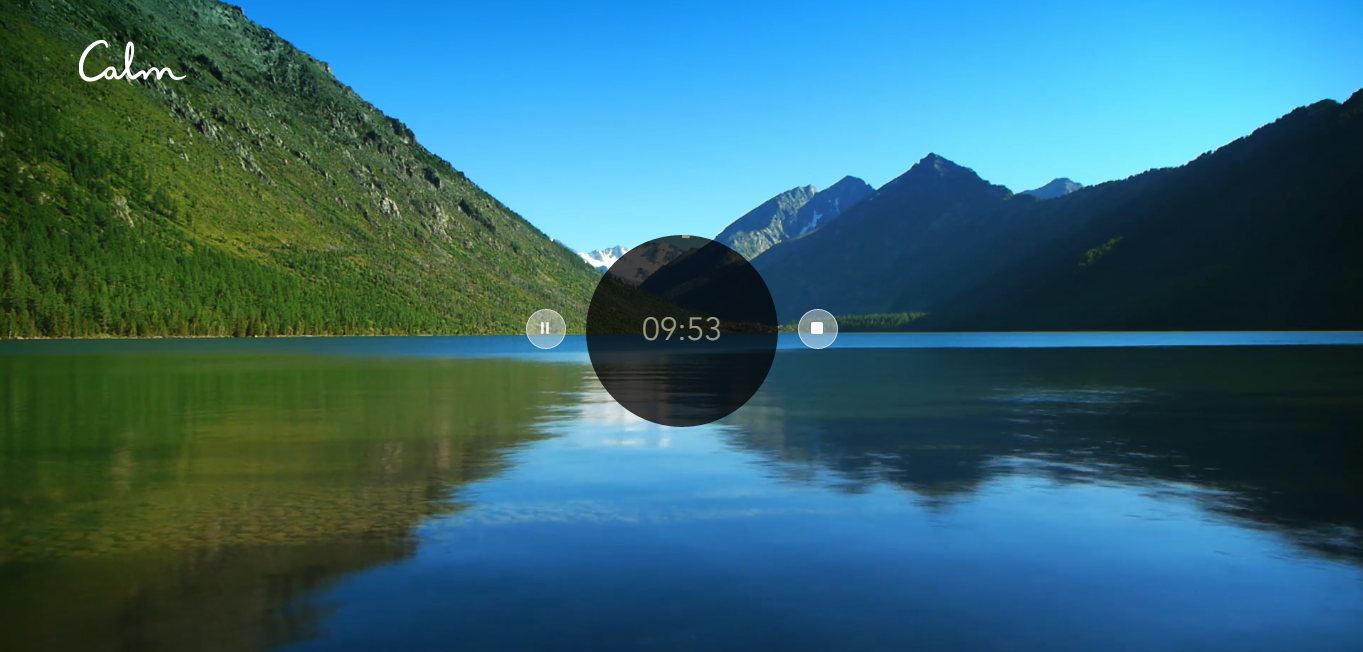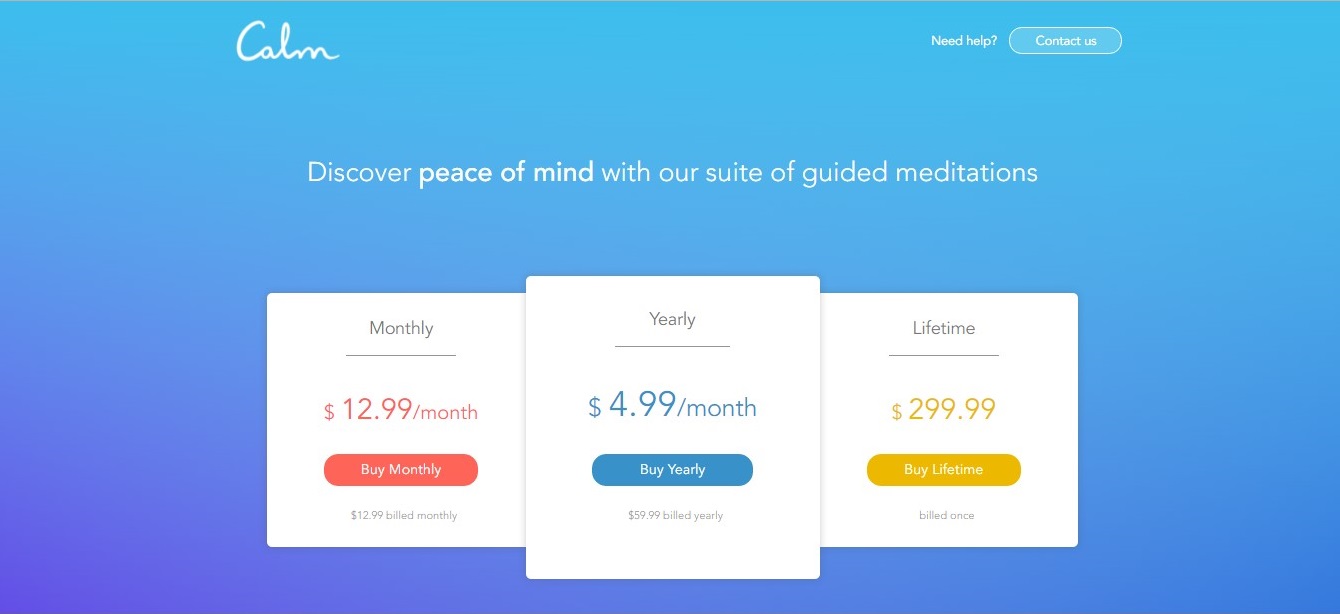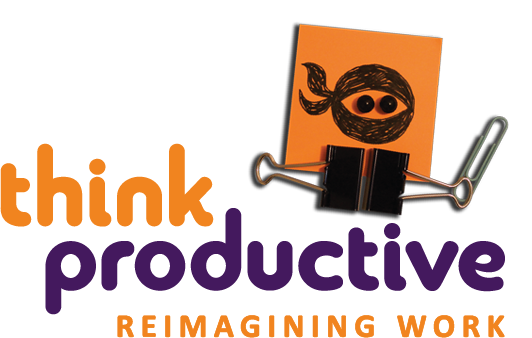Productivity Apps in Test: Calm
This month we’re introducing our brand new interview series ‘Productivity Apps in Test’. There are so many different Productivity Apps out there and every Time Management Workshop will recommend different apps. Our Productivity Ninjas will be testing various Productivity Apps and let you know how they are getting on and whether they would recommend the apps. This week, Cara Delaney, Think Productive UK’s Head of Client Experience and Mindfulness Ninja, will share her experience testing the mindfulness app, Calm.
Chosen App: Calm
Available on: Apple and on the Web

Why did you pick this particular app?
Here at Think Productive Australia, we meditate before our daily morning huddle, using the Body Scan guided meditation on Calm. I find it does go some way to help me find an inner calm and to better manage my attention. I was curious to see how the app might help with conscious practice both at home and at work (it’s all the same brain!).
How does it work?
You can choose one of 29 natural scenes with accompanying sounds (sunset beach, summer meadow, birdsong, waves and so on) asa background to your meditation. If you have the iPhone version, you can also meditate to music by composer Kip Mazuy. In addition, there are five guided meditations lasting from 3 to 300 minutes, plus the option to have a session of just sounds/music without the guide.
Subscribing to the app unlocks the rest of the content, including access to multi-day series programs that are designed to help you focus on specific goals through daily meditation including Managing Stress, Focus, Calming Anxiety, Sleep, Happiness and Self Esteem. There are also more timed Guided Meditations to choose from including Walking Meditation, Calm Kids, Deep Sleep, Commuting and Emergency Calm.
How did you use the app? And what changed for you?
I tried the’ 7 days of Focus’ program, over one week and listened each morning before starting anything else. The introduction talks about how the ability to focus is one of the most significant contributors to productivity and that we have a limited resource with distractions everywhere (I could have been in a Think Productive workshop!). Throughout the week there are also the practical tips (also very familiar), such as turning off phones, email notifications and setting a timer, having a clear working area and focusing on one thing at a time.

All the sessions are a minimum of 10 minutes and incorporate breathing and body scanning techniques – it helped that I was well versed in these. On day 1 you are encouraged to scan your typical day, to honestly start identifying what typically distract you.
Using the app each morning, before sitting at my desk or looking at any ‘To do’ lists was a pretty good way to start the day and I found over the course of the week I was better able to notice when my attention slipped away.
I learned that while we can’t prevent our minds from being distracted, mindfulness is the ability to notice when we have been swept away. Then through breathing we can bring ourselves back to awareness without any judgment. This was key for me, as I have often felt cross with myself in the past when I have been easily distracted, but what you mind does is not the point – your awareness is the point.
Sticking with It
By day 3 I found my concentration deepening and I could maintain it for longer periods. On day 5 – an influx of emails, messages and outstanding actions were all taking up my headspace. In fact, I felt slightly irritated at having to listen to a 12-minute session when I had so much to do! It felt a bit like being back at square one. I was, however, able to able to recognize that I was feeling negative. This didn’t change anything initially. I tried the session again. It wasn’t a 100% turn around, but I do think it helped to quiet down my mind!
Essentially there is nothing new on the Calm app that you can’t find all over the internet right now, but the daily practice being readily accessible on my mobile helped to start creating mindful habits that would cumulatively have a positive impact. I even found that when I was speaking to people at work and outside of work I was better able to listen (less chatter in the mind!).
Nothing is perfect. What were the negatives of using the app?
I really enjoyed using this app and I liked the female voice that guides you through, but she has been described as ‘a bit spacey’ and may not be for everyone ..! At one point, I did wonder whether it might feel a bit repetitive and as the week went on, the silences in between become longer, but I think this is kind of the point and part of the practice. Someone very new to mindfulness might find this a bit strange or even frustrating.

£10 per month feels like quite a lot to spend every month, but if you make a one-off payment for the year it works out as about £4 a month which I think is worth it (the cost of 2 takeaway coffee’s a month)! There is also the option of using the free content, but I think having it as an app is where the real benefit comes in.
Will you continue using it? Why/Why not?
Yes! I have signed up for the year and next up I am going to try Deep Sleep and Commuting as well as The Daily Calm to start each day. I am also keen to compare it to other mindfulness apps such as Buddhify which has been described as modern urban mindfulness!
Who would you recommend this app for?
Anyone who is interested in an introduction to meditation and mindfulness or looking for an aid to help their daily practice for any number of reasons – which might be to improve focus or happiness, or for trouble sleeping or getting through a stressful commute.
By Cara Delaney
